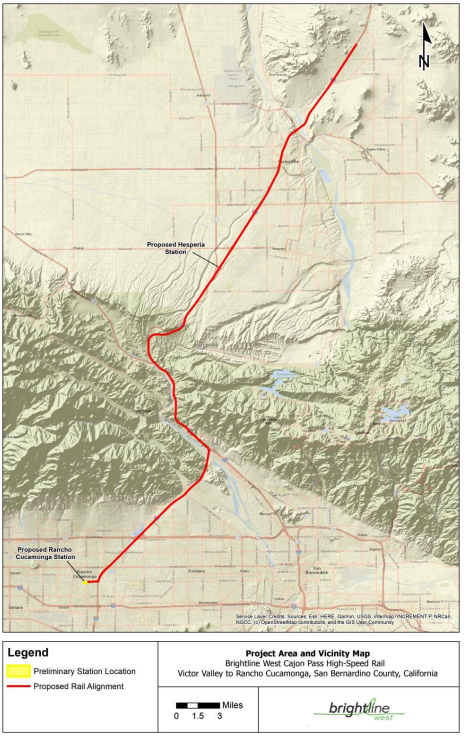
WASHINGTON — The Federal Railroad Administration has scheduled two online meetings as part of the public comment period for its environment assessment of the proposed Brightline West high speed rail line over Cajon Pass, released in late October.
The meetings, to be held via Zoom on Saturday, Nov. 12, from 10 a.m. to noon PST and Tuesday, Nov. 15, from 6 p.m. to 8 p.m. PST, are part of the month-long public comment period that began with the report’s release on Oct. 28. It runs through Monday, Nov. 28.
Details on the Zoom meetings, as well as a copy of the report, are available at this page on the FRA website. Comments can also be made to the project page at the Regulations.gov website.
The 49-mile Cajon Pass project between Victor Valley and Rancho Cucamonga, Calif., would mostly follow the right-of-way of Interstate 15. The report notes some mitigation measures will be necessary for temporary impacts on noise and wetlands, and temporary and permanent impacts on some threatened or endangered species; visual impacts on views in the San Gabriel and San Bernardino Mountains; and traffic impacts around stations in Hesperia and Rancho Cucamonga. Still, the report concludes that the project “will not result in a significant impact on the environment” or have “disproportionately high and adverse impacts” on low-income or minority populations.






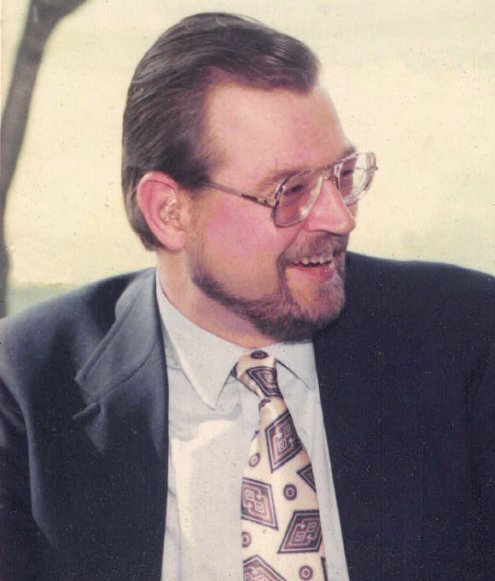
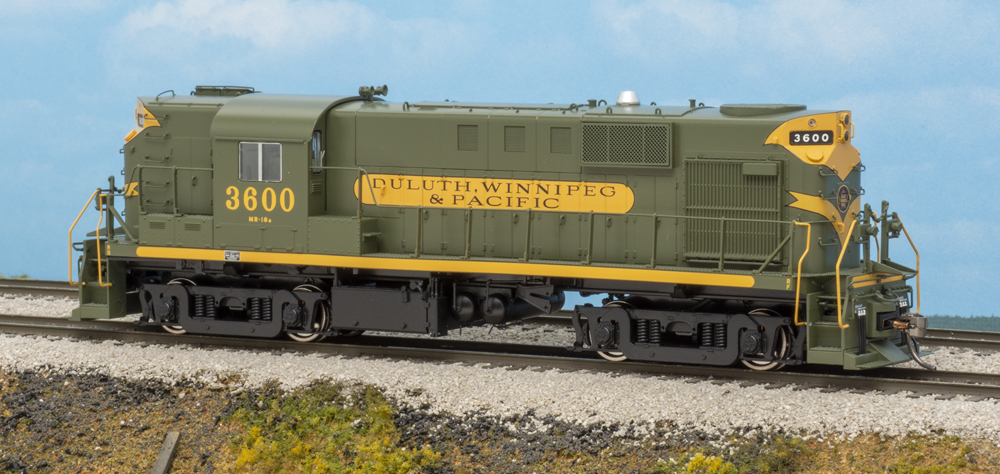
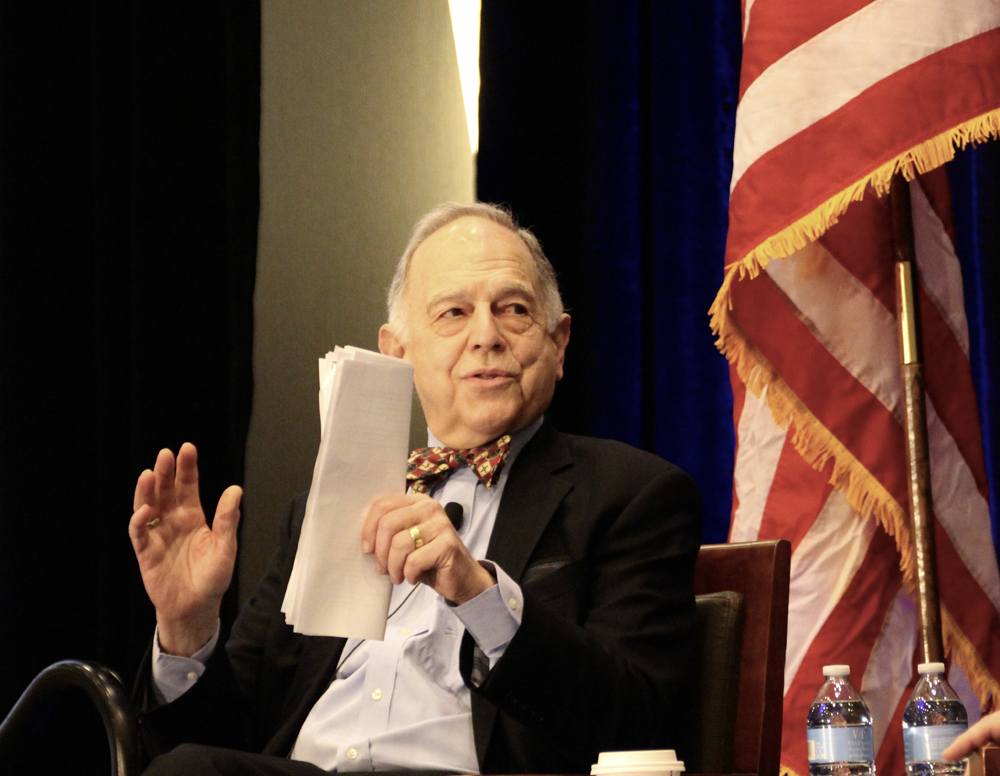
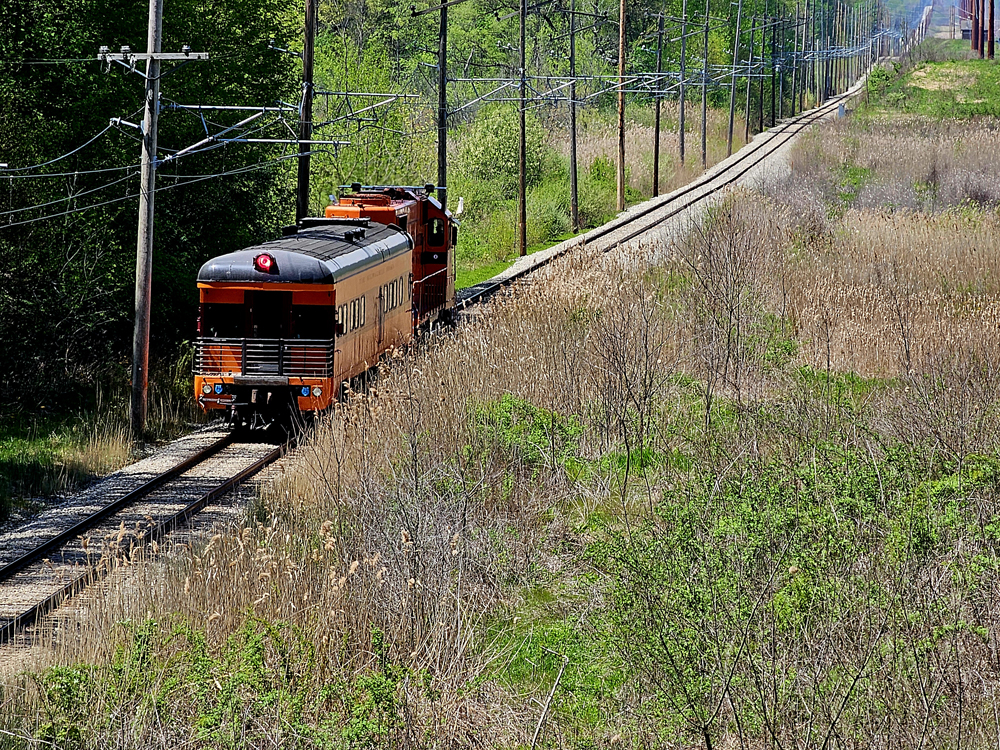




As filed with the FRA:
“Brightline West will operate the Project using a fleet of high-speed electric trainsets powered by overhead catenary. Each train set has a 7-car consist with a total of approximately 400 seats. As previously stated, each 7-car set can be attached to a second set of equal length to form a coupled train,
doubling capacity as demand grows.
The target Project trip time is 40 minutes including a stop at Hesperia between Apple Valley and Rancho Cucamonga. Scheduled run time for the full system is to be 140 minutes in travel time.
A minimum turnaround of 30 minutes is planned at the Rancho Cucamonga Station (specific turnaround time for a given train depends on schedule), allowing sufficient time for boarding and alighting of guests and
baggage, performing a light cleaning, and restocking onboard services, while also providing additional buffer time to absorb delays.”
According to the filing, Brightline will be using electric FEP and installing catenary.
https://railroads.dot.gov/rail-network-development/environment/environmental-reviews/brightline-west-cajon-pass-high-speed
I thought their plan was to build west from Victorville towards Palmdale and the proposed CAHSR route to Union Station via Burbank. Why the change of heart?
Most likely, because CAHSR won’t reach Palmdale until who-knows-when, probably mid to late 2030’s. Meanwhile, they can build to Rancho Cucamonga and use a Metrolink transfer to indirectly reach LA on a line with fairly good travel times and frequencies, and do it by the end of the decade. Palmdale is still in the cards, but not for Phase I.
IF it were Europe there would just be a tunnel negating the grades
If this were Ukraine there would be better passenger train service.
I’m very curious how Brightline intends to operate in the freeway median, even though the freeway gets as steep as 6% in some stretches. Wikipedia says the agreement with Siemens specifies a max grade of 4.5%, which is already 0.5% steeper than the current steepest HSR line (in Germany).
Being able to climb/descend steeper grades would be a major development in lowering the cost of HSR.
Is this to be a rebuilt freeway? If it’s an existing freeway, you can’t just lay tracks in the median, that’s not the way the world works.
The median of Interstate 15 is not a normal median…it’s more like large swathes of land in between opposite lane configurations. There’s plenty of room to build between the medians on I15, as in hundreds of feet in some cases. As for the ruling grade, I presume there will be some tunnelling involved to lessen the gradient in those steeper portions of the interstate.
WoW! Imagine if the CaHSR Project could have been undertaken as competently as Brightline. 🙂